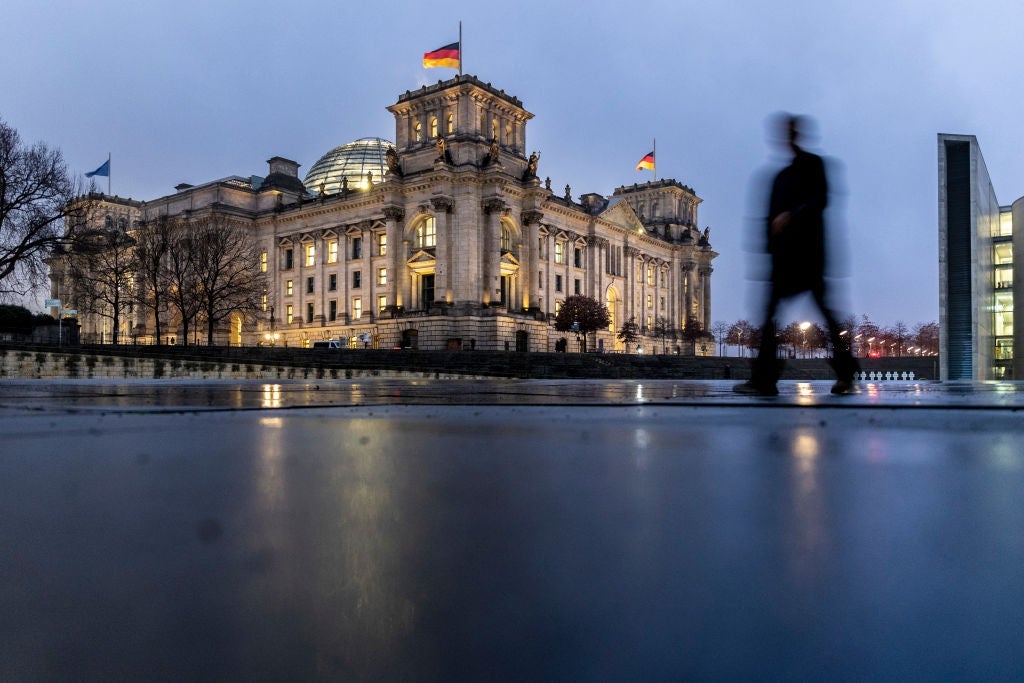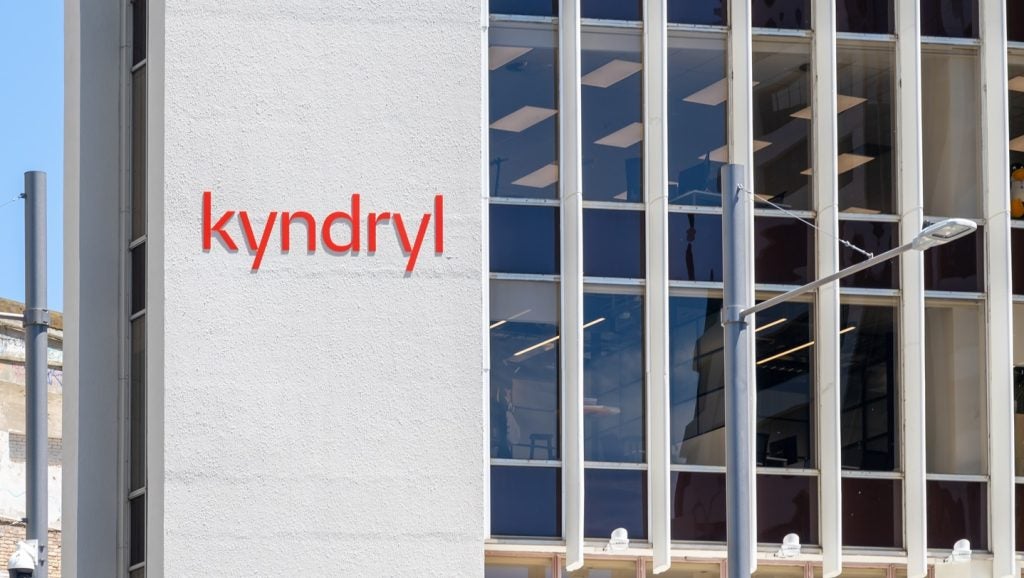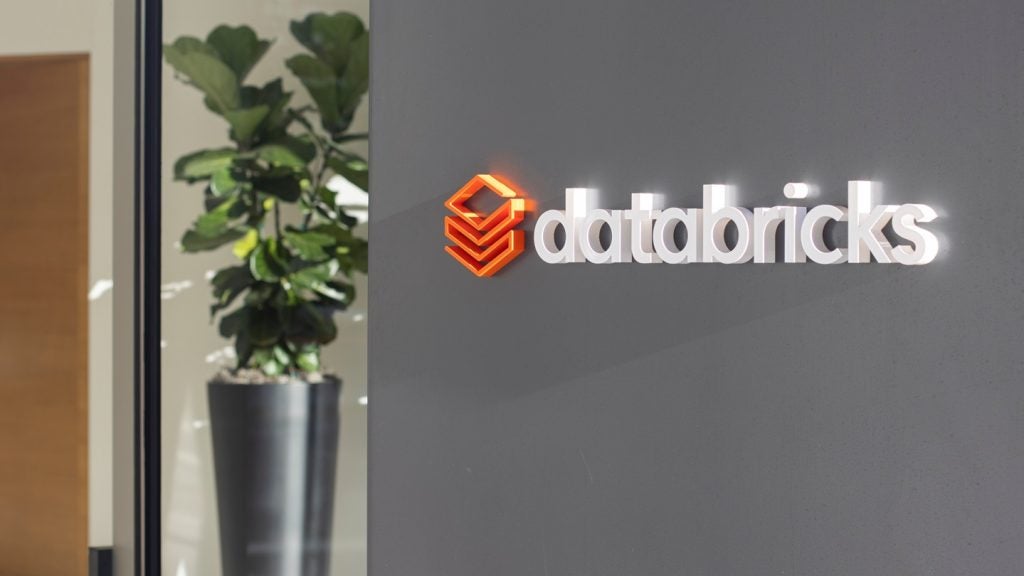
Germany’s ten largest cities are Berlin, Hamburg, Munich, Cologne, Frankfurt, Stuttgart, Düsseldorf, Dortmund, Essen and Leipzig. Here we profile each of them and look at the sectors in which they excel.
When it comes to multinational companies, Germany ranks second behind the USA in terms of numbers, and is considered one of the world’s most attractive destinations for investments in research.
Germany is a world leader in nanotechnologies and leads the sector in terms of employee numbers, companies and overall turnover in Europe.
About half of the companies based in Europe come from Germany, making it a genuine powerhouse an magnet for would be investors.
Read through GlobalData’s exclusive insights on the Population of Germany (2017 – 2025,People) and the country’s Macroeconomic Country Outlook.
1. Berlin
Population: 3.52 million

US Tariffs are shifting - will you react or anticipate?
Don’t let policy changes catch you off guard. Stay proactive with real-time data and expert analysis.
By GlobalDataThe capital city of Germany, Berlin was split by its infamous wall between 1961 and 1989. Since German reunification in 1990, Berlin has emerged as a global centre of culture, education, media, tourism, politics and science.
The city’s universities are among the best on the planet, and it contains three Unesco World Heritage Sites.
While garnering a reputation as a hotbed for start-ups and entrepreneurs, Berlin still plays host to a number of large multinational companies.
Global names headquartered here include Deutsche Telekom, Delivery Hero and Deutsche Bahn, while the likes of Bombardier Transportation, Gazprom Germania, Coca-Cola, Pfizer, Sony and Total.
2. Hamburg
Population: 1.79 million
Hamburg is the largest non-capital city in the EU. It hosts the third-busiest port in Europe, and the city is situated close to the North Sea (about 100km away) on the River Elbe in northern Germany, some 230km from the border with Denmark.
Hamburg is a cultural and tourism hub, with its rivers and canals being crossed by about 2,500 bridges (the highest number of bridges in any city in Europe).
It has a strong tradition in the finance sector, hosting Germany’s oldest stock exchange, while industrially it thrives in steel, aluminium and copper production, shipbuilding and aerospace. Airbus employs more than 13,000 people in the city.
Hamburg remains in demand as a business centre both nationally and internationally.
Hamburg Invest helped 52 new companies including 25 foreign firms settle in Hamburg and 32 companies expand in the city.
With this number of new companies operating out of Hamburg, a record EUR 828 million was invested in the city according to annual figures announced in late February 2023.
3. Munich
Population: 1.45 million
Munich is located in the southern part of Germany, in the federal state of Bavaria, about 160km from the Austrian border.
The city has a widespread reputation for excellence in arts, science, technology, culture, education and finance, while its premier football team, Bayern Munich, is known all over the world.
It is also a tourism hub, with its annual Oktoberfest attracting millions of visitors. Munich has strengths in a wide array of industries and sectors, such as automotives, IT, biotech, engineering, electronics and renewable energy.
The city is also home to multinational companies such as BWM, Siemens and Allianz.
4. Cologne
Population: 1.06 million
Cologne is located in the west of Germany, some 70–100km from the borders with Belgium, Luxembourg and the Netherlands.
As well as being the closest major city to former West Germany capital Bonn it is now an established centre of culture and education and home to one of the oldest and largest universities in Europe, the University of Cologne.
Not only is Cologne a leading research hub for the aerospace industry, hosting the German Aerospace Center, it is also the headquarters of the European Astronaut Centre and Germany’s largest airline, Lufthansa.
When it comes to investment strengths, this is an industry that continues to attract more business.
Other sectors that perform well in terms of inward investment include chemical businesses, and various automotive companies, with the insurance and media sectors also performing well in terms of investment and growth.
5. Frankfurt
Population: 733,000
Frankfurt, located in south-west Germany, is officially known as Frankfurt Am Main due to the river upon which it stands.
The city has numerous investment strengths with numerous industries well represented with establised ecoystems and ongoing growth.
These sectors include commerce, education and transportation (home to one of the busiest in Europe), as well as the globally dominant finance industry for which Frankfurt is renowned.
It is home to the headquarters of the European Central Bank, Deutsche Bundesbank, Frankfurt Stock Exchange, Deutsche Bank, DZ Bank, KfW and Commerzbank, and has forged a reputation as a hotbed for fintech start-ups.
6. Stuttgart
Population: 625,000
Stuttgart is located in the southern part of Germany on the River Neckar, some 160km from the French border.
With a rich tradition in the automotive and manufacturing sectors it is the headquarters of several major industry names including Porsche, Bosch, Mercedes-Benz and Daimler.
Though Stuttgart’s economy has been traditionally focused on the automotive and engineering sectors, it continues to become a more diverse economic location, with publishing, winemaking, financial services, research and development and tourism al enjoying prosperity.
Union Investment is the investment arm of the DZ Bank Group and part of the cooperative financial services network in Germany.
Having acquired off-market a local retail park in Ludwigsburg, about 12 km north of Stuttgart, it has announced major investments that will contribute to the growth of the city and showcase why investing in Stuttgart is an attractive option.
7. Düsseldorf
Population: 610,000
Düsseldorf is located where the Rhine meets the Düssel in western Germany, 180km from the border with the Netherlands.
It stands as the capital city of the state of North Rhine-Westphalia. The city is renowned for the impressive quality of life it offers its inhabitants, and it plays host to 22 institutions of higher education.
Düsseldorf is Germany’s leading telecommunications centre, and it is the location of the European headquarters of numerous ICT and internet companies. It also has strengths in the retail, automotives and finance industries.
8. Dortmund
Population: 585,000
Dortmund lies close to Cologne and Düsseldorf in North Rhine-Westphalia in western Germany.
It sits on the the Emscher and Ruhr rivers, which are tributaries of the Rhine. It was built on the steel and coal industries, but since their collapse has reinvented itself as a high-tech hub and is considered one of the most innovative cities within the EU.
It is also a major point for investment in engineering, tourism, finance, education, services, media and logistics. Dortmund is renowned for the volume of ‘mittelstand’ (German small and medium-sized enterprises) within its boundaries.
9. Essen
Population: 583,000
Essen is the fourth city in this list to be located in the state of North Rhine-Westphalia, and it too lies within close proximity to the Dutch border.
The city is regarded as the energy capital of Germany, and it is home to the headquarters of E.ON and RWE, Germany’s largest energy providers.
The specialisms of the city’s universities have garnered it a strong reputation in both the arts and medicine. Industrial engineering and steel production giant ThyssenKrupp has one of its dual headquarters in Essen, and the city also contains a cluster in the construction sector.
10. Leipzig
Population: 560,000
Leipzig is the largest existing city to be entirely located in the former East Germany. Located about 160km south-west of capital Berlin, Leipzig’s historic reputation was built on the arts, culture and trade.
While these fields are still highly prevalent in the city, in recent years it has emerged as a European hub for ecommerce and logistics too.
Leipzig has a healthy tourism sector and is rated as Germany’s most liveable city by GfK. Other areas of industrial strength in Leipzig lie in automotives, energy, software and medical research/biotech.
Population figures are from December 2015 and are estimated by the Federal Statistical Office of Germany.






